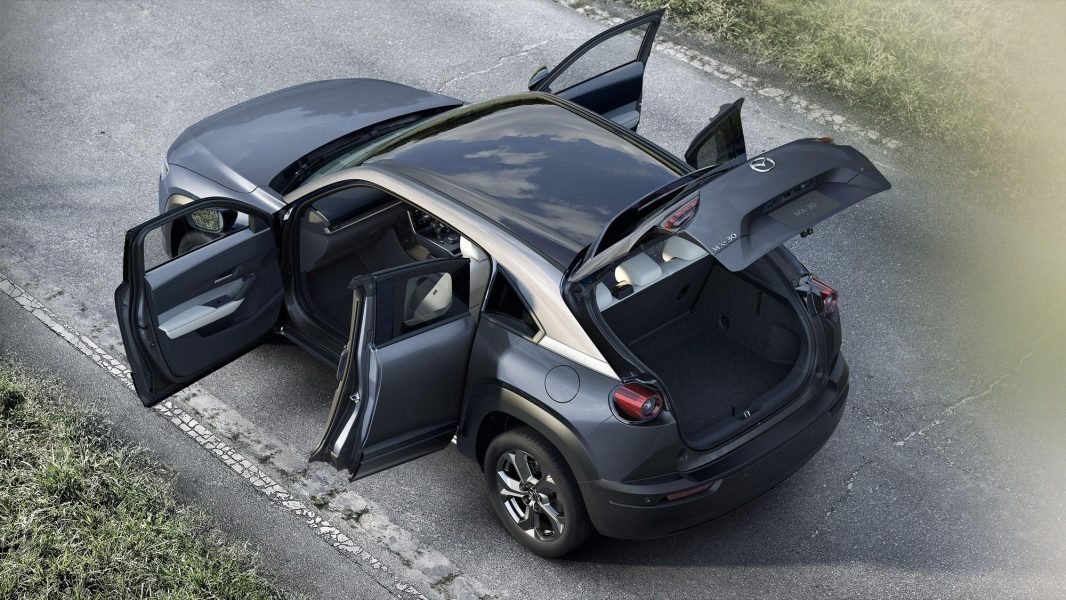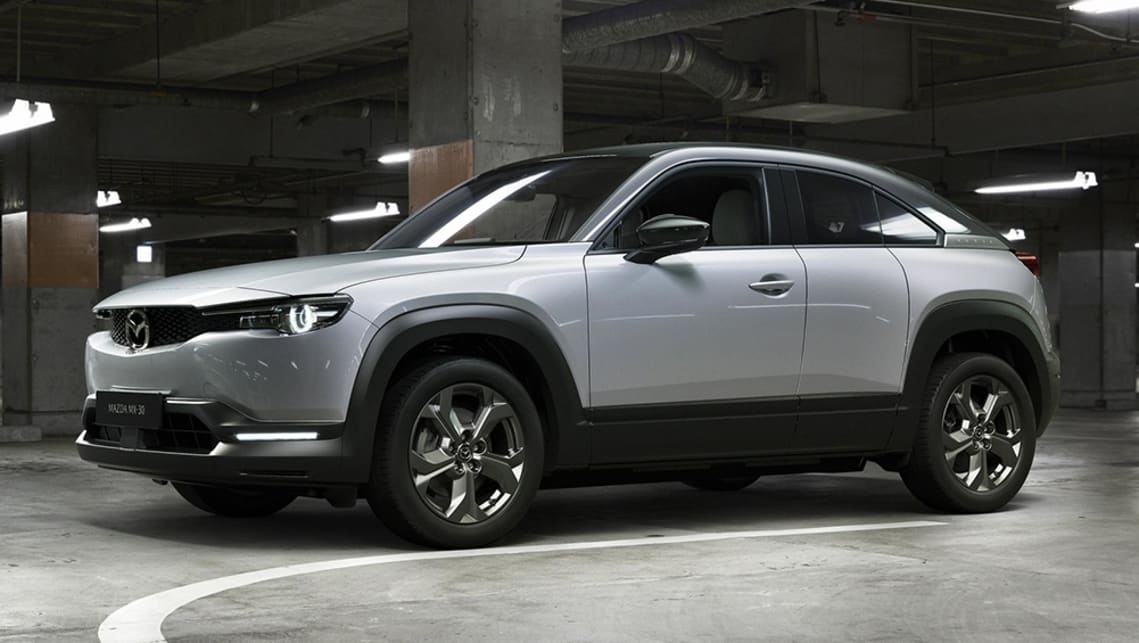
Does the Mazda MX-30 make sense for Australia?

Shown at the Tokyo Motor Show, the Mazda MX-30 is designed primarily for use within the city.
Bringing Mazda's first ever all-electric car to Australia may not make sense, but the fact is that it will almost certainly go on sale here anyway.
Globally, Mazda has already said that the all-new MX-30, unveiled at last week's Tokyo Motor Show, will only be released in markets where it makes sense as a tool to cut CO2 emissions.
This means that countries where energy comes from renewable sources rather than fossil fuels
where governments create incentives to buy them and, as a result, countries where electric vehicles are already popular. So that's three strikes for Australia, and yet the folks at Mazda Australia seem determined to bring the MX-30 to market here anyway.
Officially, of course, the position is only that they "understand it," but inside the company there is a clear feeling that this car is too important - as a piece of technology that shows what Mazda is capable of, and as a statement of Green intention - not to have in showrooms. halls, even if the business case for selling it is marginal at best.
The recent Nielsen report "Caught in the Slow Lane" showed that Australians remain confused by electric vehicles and concerned about range. The study found that 77% of Australians also believe that the lack of public charging points is a major deterrent.
While the number of electric vehicles sold in Australia is on the rise, there were less than 2000 in 2018 compared to 360,000 in the US, 1.2 million in China and 3682 million in our tiny neighbour, New Zealand.
We asked Mazda Australia Managing Director Vinesh Bhindi if it makes sense to bring the MX-30 to such a small and immature market.
“We are working hard to study it; it really comes down to the reaction of the public (to the MX-30), the idea of it, the people who read about it and us getting feedback from the media, and whether people come to dealers with questions about it, ”explained is he. .
Mr Bhindi also acknowledged that Australia's lack of infrastructure and government incentives makes it a "difficult market" for anyone trying to sell electric vehicles.
"And then there's the consumer mindset that says, 'Well, how does an electric car fit into my lifestyle?' And yet I think there is a slow but definite shift in the way people think about it in Australia,” he added.
The MX-30 concept shown last week is powered by a single 103kW/264Nm electric motor driving the front axle, while a 35.5kWh battery provides a maximum range of around 300km.
One major difference with the MX-30, based on our preliminary pre-production test in Norway, is that it doesn't drive like other EVs.
Typically, an electric car offers so much regenerative braking that you can practically control it with just one pedal - press the gas pedal and the engine will instantly stop you, so you hardly need to touch the brake pedal.
Mazda says its "human-centered approach" to driving pleasure meant it had to take a different path, and as a result, the MX-30 is much more like a traditional driving car because the feeling of regeneration is minimal, meaning that you should use the brake pedal as usual.
This was stated by the executive director of Mazda Ichiro Hirose. Cars Guide he believes that what he calls "one-pedal driving" is also potentially unsafe.
“We understand that single-pedal driving offers various benefits, but we still stick to the traditional two-pedal driving experience,” Mr. Hirose told us in Tokyo.
“There are two reasons why two-pedal driving is better; one of them is emergency braking - if the driver gets too used to one pedal, then when emergency braking is necessary, it is difficult for the driver to disengage and press the brake pedal quickly enough.
“The second reason is that when the car slows down, the driver's body tends to move forward, so if you use only one pedal, you slide forward. However, by depressing the brake pedal, the driver stabilizes his body, which is better. So I think the two-pedal approach is useful."
Sure, having an electric car that's better, or at least more familiar to drive, could be an advantage for Mazda, but locally, the company will still face the challenge of getting consumers to even consider driving one.
For now, though, the immediate challenge seems to be getting Mazda in Japan to agree that Australia is a market worth building the MX-30 for.